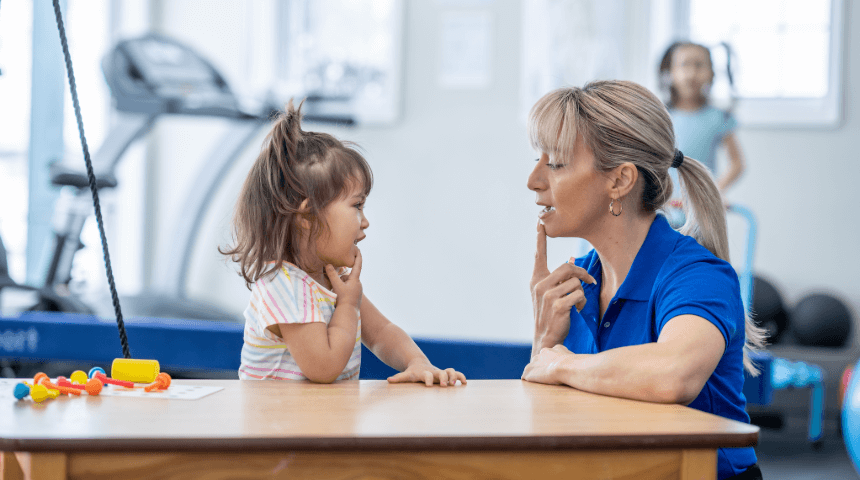The Most Common Causes of Kids' Burns at Home and How to Avoid Them
Many parents and caregivers are aware of the safety basics in preventing children’s accidents such as burns. These include keeping young children out of the kitchen when cooking, placing pots and pans on back burners with handles turned inward and keeping hot beverage mugs out of the reach of toddlers. But some of the most serious and most common dangers lurk in not-so-obvious situations. This is especially concerning when you realize that every day, over 300 children receive emergency care for burns and that over 75 percent of these events could be prevented, according to the Centers for Disease Control and Prevention (CDC).
Which situations lead to a child getting burned? Not surprisingly, rushing, multi-tasking and feeling unwell or exhausted increases the risk for household accidents. Also on the list is undertaking an activity that’s out of routine — entertaining or celebrating, traveling, or visiting friends and family. Just increasing your awareness of the risks during these situations can help with prevention.
One of the most glaring threats to young children that is often “hiding in plain sight” is the microwave — and specifically, instant soups.
Why Soup and Microwaves Don’t Mix
Parents may think, “My child is almost seven, and he’s starting to make his own snacks. Wouldn’t it be safer for him to learn how to make instant noodles in the microwave, rather than on a stovetop?”
Unfortunately, the data indicates this is a recipe for disaster. Instant soups cause one in five pediatric scald burns every year, according to the Institute for Childhood Preparedness. This is especially true for young children, who are more likely to be scalded by steam or hot liquids, whereas older kids are more likely to be injured by flame burns from actual fires.
The picture becomes clearer when you consider that a child who can pull a bowl down from the microwave can just as easily spill its contents. Kids can be clumsy and hasty, but moreover, even adults can have difficulty determining how hot a microwaved dish has become. As children begin to use a microwave, teach them to let the food sit in the microwave for three minutes before removing it as a precaution. Consider, also, that because noodles stay hotter longer, burns from noodles result in longer hospital stays than those from other kinds of soups.
As a rule, children should be kept out of the kitchen until they are old enough to comprehend hot and cold, and follow safety protocols. If your child is in the kitchen, supervise whenever possible.
Other Danger Zones for Children’s Burns
Most burn injuries occur to children between the ages of four and seven, from the following:
-
Unsupervised kids turning on hot water in the bathroom. Teach kids how to turn on the cold water first, then the hot.
-
Parents drinking hot liquids without a lid, and inquisitive kids grabbing for the drink. Make sure your child is somewhere safe if you are going to drink a hot beverage. Never carry hot drinks while children are playing underfoot or while holding a child. Drink coffee/tea when young children are napping. When out, avoid placing hot beverage cups on strollers.
-
Dangling cords from irons and hair straighteners. Set these devices in high places as they cool down.
-
Fire pits. These can stay hot for up to three days, so be sure to fence them off and keep children away as the ashes and coal cool down. Even if smoldering ashes are covered with sand or leaves, they can still remain hot.
-
Bath water. Temperature of the household water heater should be below 120F. Bath water should not be hotter than 100F. Always test the water first before placing your child in it.
Be especially aware that with household burns, children aged four and under are the most at risk.
If Your Child Is Burned
When burns happen there are a few do’s and don’ts, including:
-
Never use butter, oils or ointments to cover the burn, as they may retain the heat and make the injury worse.
-
Never use ice or iced water as this can make the burn injury worse and cause the child’s body temperature to drop.
-
If the burn impacts a small area, call your pediatrician. If you are unable to immediately seek medical care, dress the wound with over-the-counter antibiotic medication and non-stick gauze. Either take your child to the pediatrician’s office for initial evaluation or dress the site at home and go to your nearest hospital burn clinic.
-
If the burn impacts a large area or involves face or genitalia, call 911 or bring your child to the emergency department.
-
During recovery, make sure your child eats plenty of calories, takes a multivitamin and gets ample fluids to stay hydrated and promote wound healing.
Are You Interested in Learning More?
Sign up for our e-newsletter for more tips and best practices from pediatricians.
Sign Up Here










